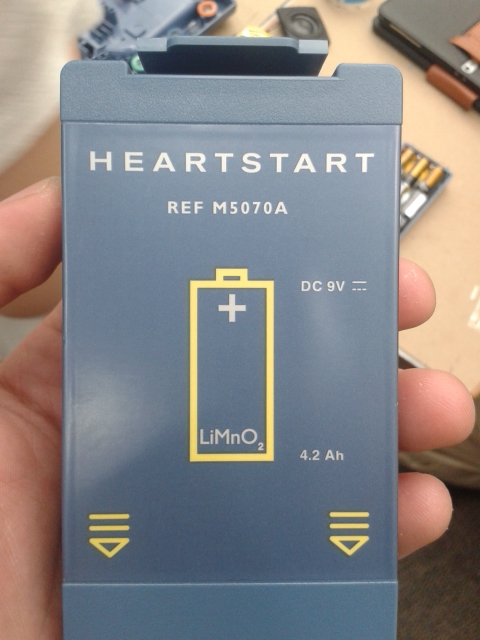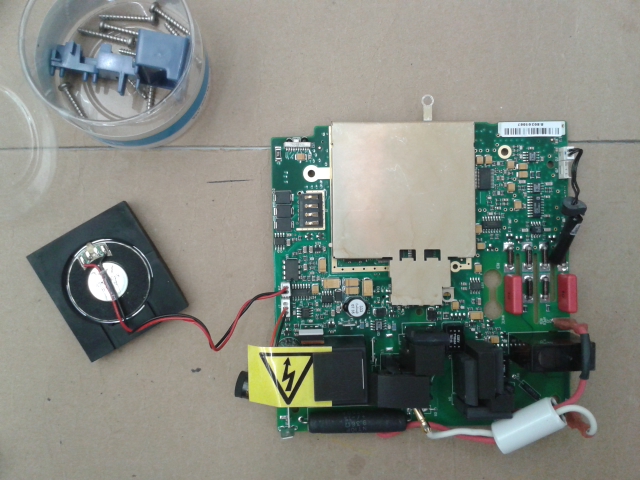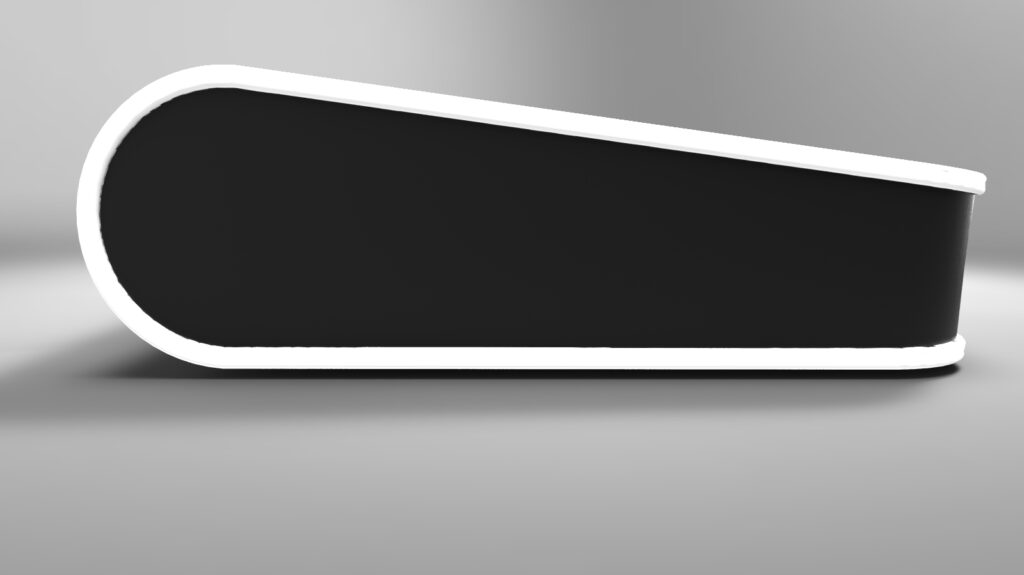AED LIFE LINE
Consider using this if you need to provide more context on why you do what you do. Be engaging. Focus on delivering value to your visitors. Cardiac arrest is a medical emergency in which the heart suddenly stops beating, leading to unconsciousness and cessation of normal blood circulation. Sudden cardiac arrest (SCA) is one of the leading causes of death worldwide. An Automated External Defibrillator (AED) is a portable device that can be used to restore normal heart rhythm during SCA by delivering an electric shock to the heart.
AEDs can significantly improve survival chances during SCA. They are often found in public places and can be used by anyone with minimal training. Knowing how to use an AED can be lifesaving, and it is recommended that everyone learns CPR and the use of AEDs.
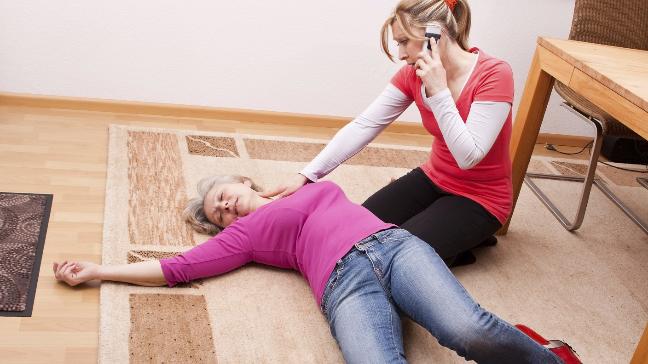

Research, Analysis
The research started with a paramedic team from Rochester who answered all questions on the topic in addition to a first aid course. Starting from overarching societal issues such as poor nutrition, lack of exercise, etc., they provided insights into their work. A detailed process flow was created and compared with pre-established user flows. The following core problems were identified.
Problemstatements
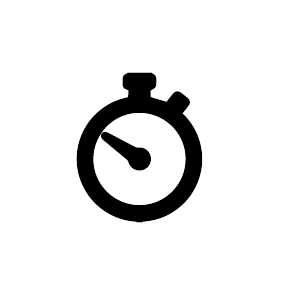
TIME
- Chance of surfival from cardic arrest drops 7-10% with every minute
- ONLY 3-15min from emergency (heart attack) to life / death

AWARENESS
- Not many people have consciousness for the theme first aid

ACCESS
- Were is the nearest aed?
- How can I find it?

CONFIDENCE
- How to help?
- What if I do wrong?
The best help in the fastest way possible
The AED must interact and communicate with the user. It is an instrument and guide to help people. The user should work intuitive with the AED. The user need a short, precise guidance.
The user should not be intimidated by the defibrillator. The voice should sound clear and neutral, like a human voice. The metronome should sound more organic. The hole aesthetic of the AED should give hope back and should not look and feel to technical. For wide target group it is essential that the Product is a light, mobile and small device.
A durable AED with a timeless design.
Furthermore, it is important to give people better information’s to deal with this topic and for creating an awareness for a situation that affects everyone.
Research on products on the market
In addition to paramedics, a representative for AEDs was also interviewed to gain a detailed overview of the market for these devices. The two best products were therefore closely examined. The challenge of minimizing the size of the product depends on the internal components. The largest component is the compensator, which is primarily responsible for delivering the high electrical impulse to the heart, and the battery. (The devices were explained by electrical professionals and disassembled in their presence.)
Problems with products in the market
- really big size
- changing expensive pads and batterypacks
- the design of the case dosn´t really fit to the AED
- first look confusing grafics
New approaches to solutions
- light, mobile and small device for a wide target group
- one pad size, simple component´s that are easy to replace
- compact, waterprooft hardcase
- a display that shows you the right grafic at the right time
Userflow/Storyboard Screengrafics
Sketches and 3D-modelling
As a result of trend and inspiration boards, ideas were put on paper. An instructive display is intended to present the graphics larger and convey to the user clearly through audio what needs to be done. The device should also enable visual navigation to the patient.



From the digital prototype to the physical model
Based on sketches and foam models, 2 CAD models were created to build two physical prototypes to scale. This prototype is the more extensively tested model.








